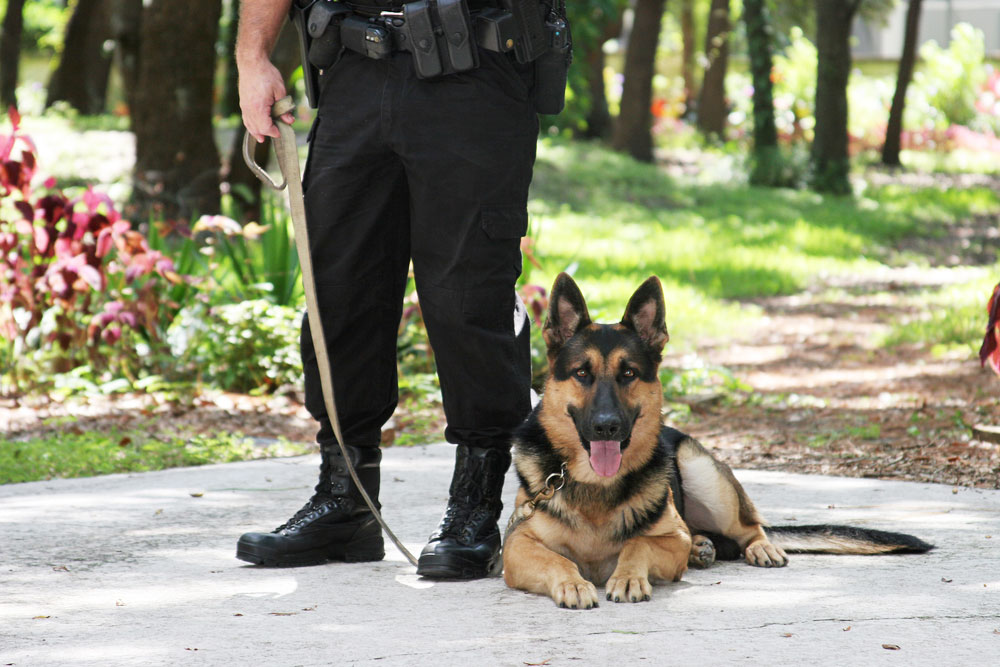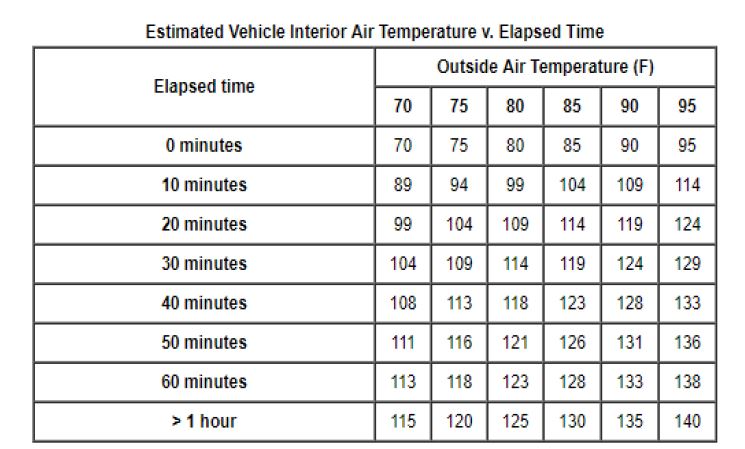
The I.U.P.A. Research Department completes research tasks on a number of different topics upon request by local presidents and proactively when there are topics of particular concern to law enforcement. Common research assignments include wage and benefits surveys, SurveyMonkey surveys to conduct local elections and to collect information about what members want in negotiations, and research reports on a variety of topics that concern our locals and our members.
One such report was published on heat exhaustion deaths statistics and solutions. This time of the year as the temperature rises, revisiting the results of that research is valuable and worthwhile. Statistics showed that K9s who died due to heat exhaustion begin to rise in April and steadily increase, are at their highest in July, and then decrease slowly again afterward. The highest numbers were in southern states as would be expected, such as Florida and Texas, but they also occurred in northern states so it is important to keep in mind wherever an officer is and that officers themselves must stay cool and hydrated so as not to fall victim to heat exhaustion.
Equally important to consider, since K9s often are transported and kept inside of officers’ vehicles, is how quickly temperatures can rise in an enclosed vehicle.

The conclusions/recommendations section of the paper included developing a strong understanding of heat exhaustion. In particular, risk factors, signs of heat exhaustion, and treatments. Risk factors include dark or long hair, dehydration, a history of heat stroke, overextended dogs, muzzled dogs, and dogs who are tracking. The temperature inside of vehicles can rise very quickly so it is important to monitor K9 Officers consistently when they are in vehicles unattended, even when electronic safeguards are in place.
Signs of Heat Stroke:
- Rapid, frantic panting
- Hyperventilation
- Dark red gums and mucous membranes
- Anxious, panicked expression
- Salivation early on then dry gums as the heat prostration sets in high fever
- Staring/dizziness or disorientation/staggering
- Refusal to obey commands
- Lying down and unwilling (or unable) to get up
- Rapid heart beat
- Diarrhea that may have bright red blood in it
- Vomiting
- Collapse and/or loss of consciousness
Recommendations/conclusions also include implementing precautionary solutions such as bullet resistant and cooling vests, heat monitoring devices, and K9 first aid kits whose contents handlers have been trained well how to use. It is also important to keep cool water available and to monitor K9 Officers closely, halt work immediately if a dog shows signs of heat exhaustion, and provide treatment until the dog reaches a temperature of 103 degrees F, then transport them to the vet for professional care.
These proactive measures will protect K9 Officers, avoid potential liability for departments and officers, and save more on the cost of training and replacing officers than what they would cost to implement.
Presidents of I.U.P.A. Locals May Request a Copy of Previously Completed Research on the Following Topics at Any Time.
(Click the image below to view PDF)








Get Social